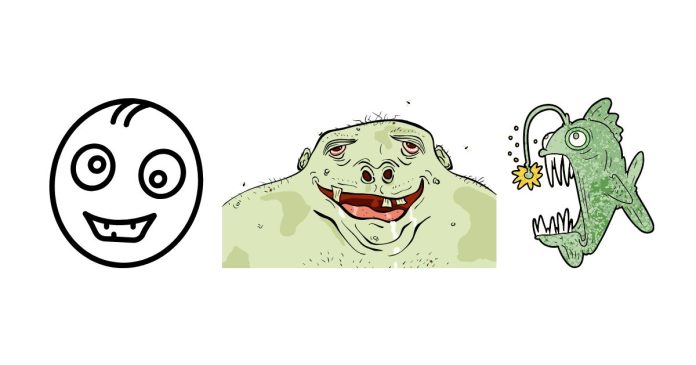In the English language, adjectives can change form to express different levels of comparison. These are known as comparative and superlative degrees. For example, when comparing two or more things, we often modify adjectives to indicate whether something is better, worse, more, or less than another. But what about the adjective “ugly”? What are the comparative and superlative forms of “ugly,” and how are they used in a sentence? In this blog post, we’ll dive into the rules for transforming “ugly” and give you some examples to help you understand how to use these degrees.
Understanding the Comparative and Superlative Degrees
Before we explore the specific forms of “ugly,” let’s first define what comparative and superlative degrees are:
- Comparative Degree: This form of the adjective is used to compare two things. It typically adds -er to the adjective or uses “more” before the adjective.
- Example: “This cake is uglier than the one I baked yesterday.”
- Superlative Degree: This form is used to compare three or more things, indicating the highest or lowest degree of a quality. It usually adds -est to the adjective or uses “most” before it.
- Example: “Out of all the paintings, this one is the ugliest.”
The Comparative and Superlative Forms of “Ugly”
Now, let’s specifically look at the adjective “ugly” and how we form its comparative and superlative degrees.
- Comparative of “Ugly”:
The comparative form of “ugly” is “uglier”.- Example: “That building looks uglier after the renovations.”
- Superlative of “Ugly”:
The superlative form of “ugly” is “ugliest”.- Example: “The old abandoned house is the ugliest house on the block.”
How Do We Use These Forms?
- Comparative Example:
When comparing two things, we use the comparative degree “uglier”:- “This dress is uglier than the one she wore last week.”
- Superlative Example:
When comparing three or more things, we use the superlative degree “ugliest”:- “Out of all the animals at the zoo, the hyena has the ugliest laugh.”
Why Does This Matter?
Understanding the comparative and superlative degrees of adjectives, including “ugly,” helps to create clear, accurate comparisons in language. It adds precision when describing how one thing relates to another in terms of appearance, quality, or degree. For example, instead of saying, “That thing is ugly,” you can compare two objects by saying, “That thing is uglier than this one.” Or, you can emphasize an extreme case by saying, “That is the ugliest thing I’ve ever seen!”
Alternative Forms of Comparison
In some cases, adjectives like “ugly” may be considered subjective, and people might prefer to use softer or more neutral language. For example:
- “Less attractive” could be used instead of “uglier.”
- “Least attractive” could be used instead of “ugliest.”
These alternative phrases can be especially useful when trying to avoid negative or harsh language.
The comparative and superlative degrees of the adjective “ugly” are “uglier” and “ugliest,” respectively. These forms allow us to compare different levels of ugliness, helping to express ideas more clearly and specifically. By understanding how to use these degrees properly, you can add more nuance to your descriptions and comparisons in everyday language. Whether you’re discussing objects, people, or ideas, knowing how to use these degrees will help you express yourself more precisely.


